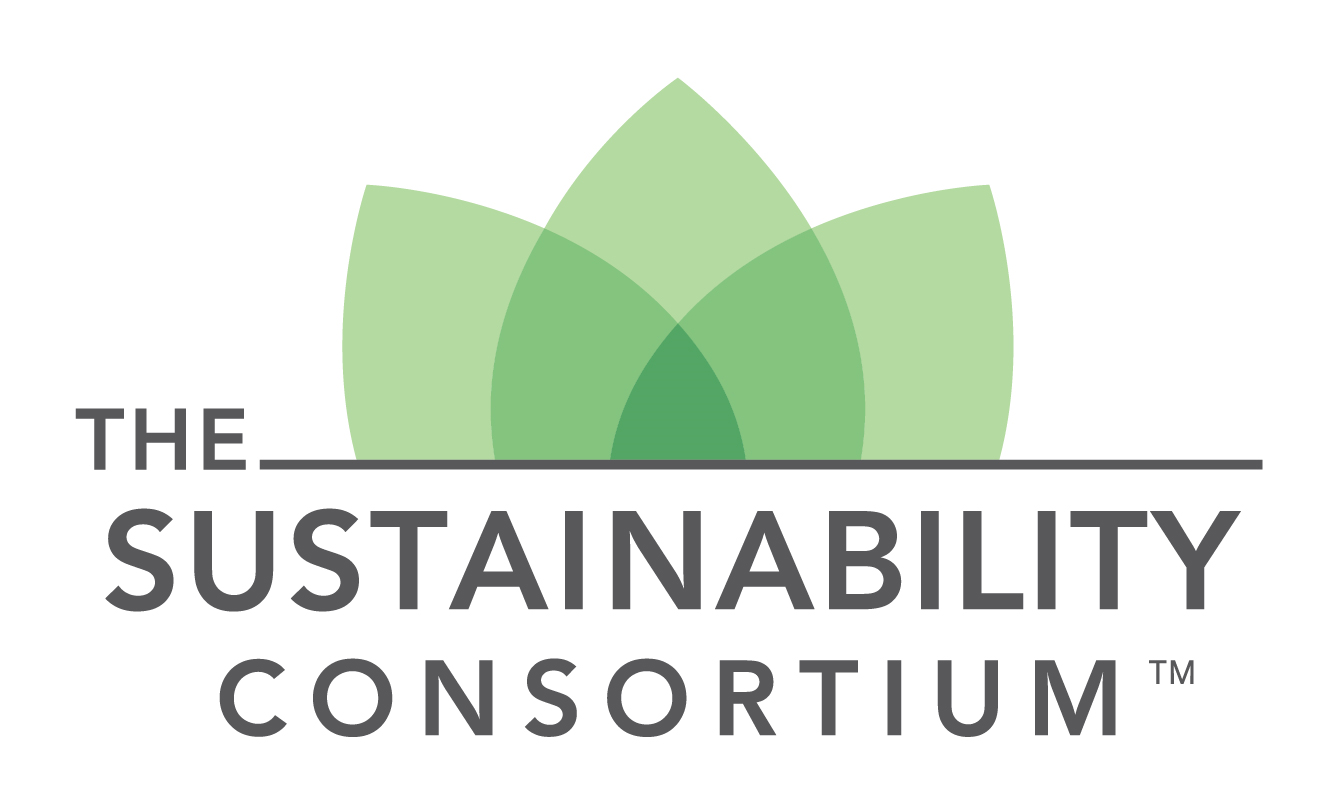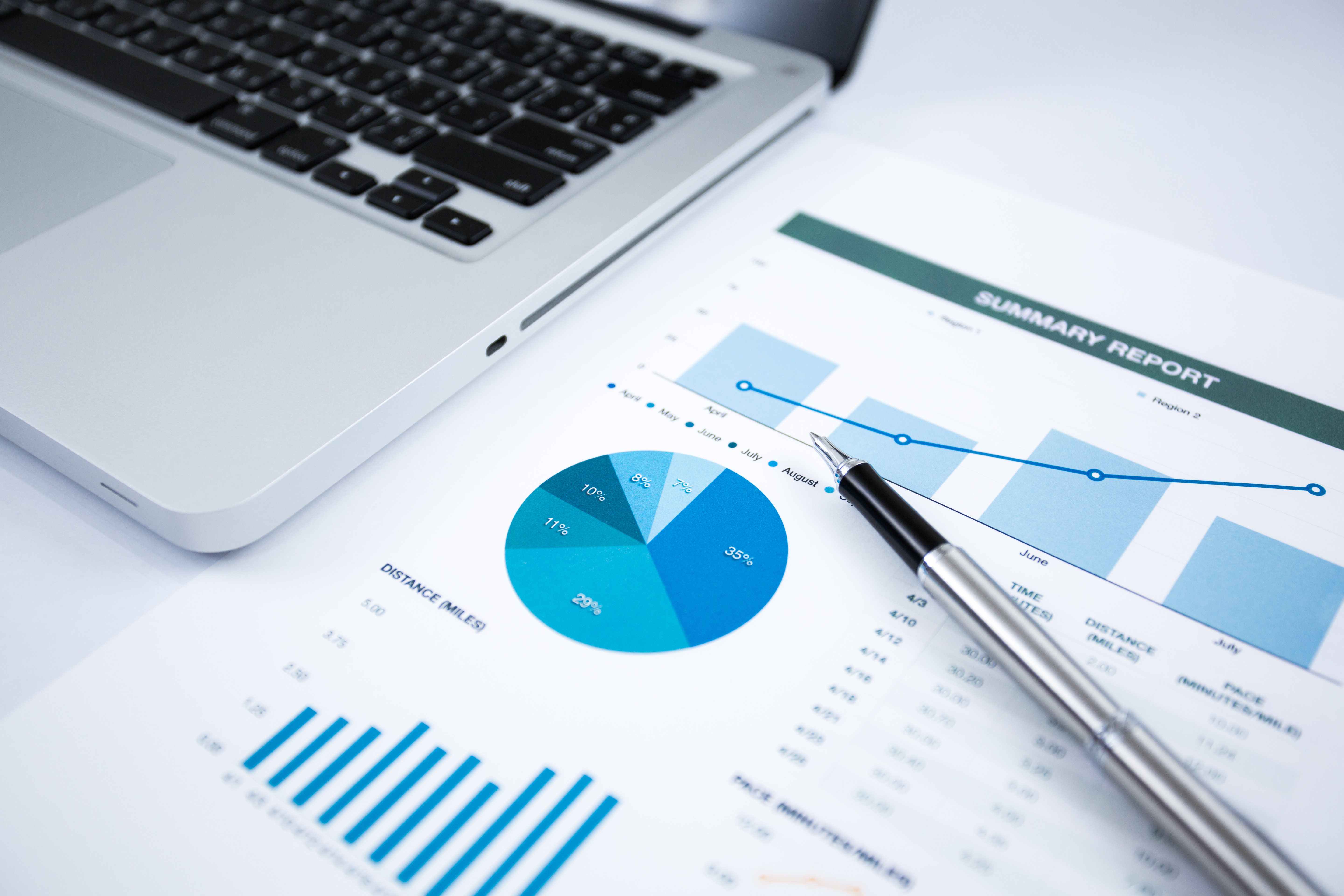
Walmart Sustainability
Part 4/4
Walmart’s Sustainability Index Program
Latest Sustainability Index Webinar Now Available
Click here to watch.

The Sustainability Index program is a powerful tool that is helping Walmart to understand, monitor, and enhance the sustainability of our products and supply chain.
The program allows Walmart to integrate sustainability into our core business and to increase our customer’s trust in us and the brands we carry. The program has already reached over 700 of our largest merchandising categories, a substantial portion of our business.
Thank you to all of our suppliers who are collaborating with us to improve the sustainability of our products and help our customers Save Money and Live Better!
Launched in 2009
Walmart’s original sustainability assessment that launched in 2009 used 15 questions to evaluate our suppliers on a corporate level. The Sustainability Index raises the bar by leveraging category-specific surveys to evaluate the sustainability performance of the goods we buy from a supplier.
 Science-based, Sustainability Measurement
Science-based, Sustainability Measurement
The Sustainability Index uses questionnaires that are based on Key Performance Indicators (KPIs) developed by The Sustainability Consortium, a multi-stakeholder organization working to develop a science-based, sustainability measurement and reporting system for the consumer goods industry.
The resulting supplier scorecards are helping both buyers and suppliers understand the key issues and opportunities in their businesses and are revealing actionable next steps for improvement.
2015 Program Expansion
2015 marks the fourth year that we will be asking many of our suppliers to complete the Sustainability Index surveys. We are also excited to be expanding the program in 2015 to many new suppliers who will be taking our survey(s) for the first time.
Business Integration
To ensure that we are using the results to inform our business decisions, we have integrated the scorecards into the way we buy and sell merchandise and developed incentives for our buyers and their leadership to take action. Eventually, every single buyer at Walmart will have sustainability goals incorporated into his or her performance objectives.
While Walmart’s corporate policy considers the Sustainability Index to be a voluntary program, many merchant teams have made it a requirement to participate in the program. We ask suppliers to contact their buyers to ensure they are meeting their expectations.

How Do I Sign Up?
We use the SAP Product Stewardship Network (PSN) to administer our Sustainability Index surveys. Walmart suppliers who have not participated in the Index before should visit Get Started to learn how to register for the PSN and purchase a license for the TSC Toolkits that are required to respond to our Sustainability Index surveys.
What’s New in 2015?
We are excited to announce that Walmart is rolling out the Sustainability Index program to Sams Club. If you supply both Walmart and Sams Club, you only need to register on the SAP Product Stewardship Network (PSN) once. But you need to make sure you’re connected to both of our PSN accounts: Walmart U.S. and Sams Club U.S.
If you supply both Walmart and Sams Club, you will also likely need to complete Sustainability Index surveys for both organizations.
We are pleased to inform you that The Sustainability Consortium has made significant improvements to their questionnaires to ensure that companies like us are using the best possible metrics to track the key areas of impact for a given product category. They have made a strategic shift to use more quantitative metrics and to further align with existing initiatives.
Key improvements to TSC Questionnaires in 2015 include:
- A KPI cap with a maximum of 15 KPIs per TSC questionnaire, bringing more focus to sustainability conversations between customers and their suppliers.
- Further alignment with supplementary tools developed by organizations such as the Sustainable Apparel Coalition, Field to Market, and CDP.
- A bigger focus on impacts that are within the direct control of a Tier 1 or Tier 2 supplier. Many upstream KPIs that are difficult for a Tier 1 supplier to influence have been removed.
- Many KPIs are more quantitative. These new, quantitative KPIs are often harder to answer than their multiple choice predecessors and suppliers may need to use sampling methods to collect the necessary data. But we’re very excited about them because these KPIs will also provide much more valuable insight into the sustainability performance of a supplier’s products.
 WhosGreenOnline.com Your Online Magazine and Directory for Green Business, Product, Service and News!
WhosGreenOnline.com Your Online Magazine and Directory for Green Business, Product, Service and News!

